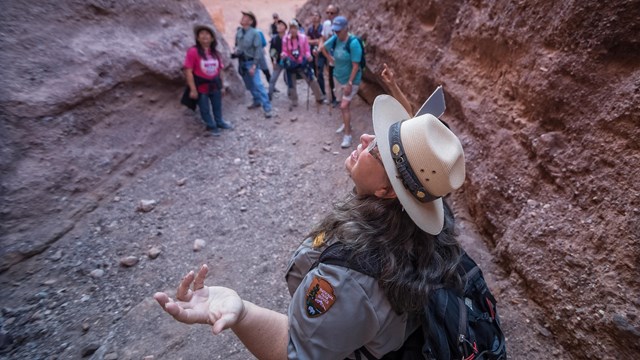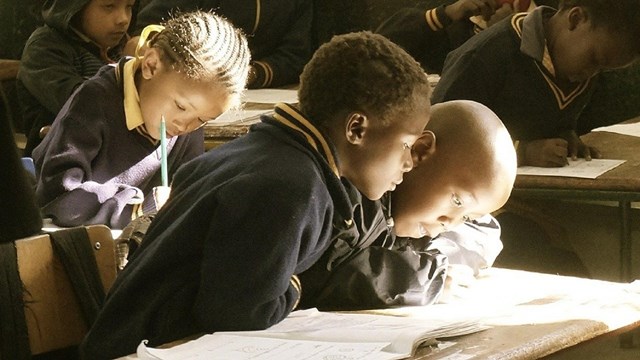American history is the history of place. It’s where history happened. Since time immemorial, humans have interacted with and created meaning from their physical surroundings. In fact, there are few (in any) parts of the environment that humans have not influenced in some way.
Place has the power to motive human behavior and influence our culture and customs. For example, European colonizers were able to successfully establish settlements in the Americas due to thousands of years of Indigenous cultivation of the landscape. Land – and its resources – became the motivating factor in European colonization of what is now North America.
We are constantly reimagining, redesigning, and reusing space for different purposes. As a result, there are usually many layers of history, even within a single site. So, you see, teaching American history without connecting it to place risks missing an important part of the story. When we overlook place in the study of the past, we could leave out a vital piece of the puzzle that helps us understand our past, present, and future.
The Teaching with Historic Places lessons unearth some of these layers by exploring the stories of a place.
Delve more deeply into the study of place or explore lesson plans below:

This resource offers an introduction about the power of place and includes examples on how to implement this approach in the classroom.

Discover a wide range of TwHP lessons searchable by location, theme, time period, and curriculum.
Last updated: June 4, 2021
